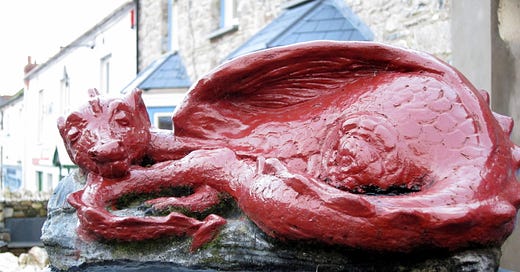Footnotes to a Conversation, October 10, 2022
Breathe!
The things we don’t know about how our own bodies work! The total surface area of our lungs is approximately 750 sq. ft; that’s comparable to a one-bedroom apartment. The brain controls our breathing, which adapts to our activity or mood of the moment. For example, we tend to inhale before performing a cognitive task and this improves our performance, but only as long as we breathe through our nose. Our breathing changes even before we start exercising. Sighing improves lung function as well as expressing emotion. Read the full article for much more comprehensive information about our amazing lungs. [The Vital Crosstalk Between Breath and Brain, Knowable Magazine]
Shopping Lists
Lucy Ireland Gray started collecting discarded shopping lists on scraps of paper and they’re now on display at the Museum of Brands in London, UK.
“I’m naturally nosy,” she laughs. “I enjoy imagining the little stories behind the lists, filling in the gaps. I make judgments that might be horribly wrong but I’ll never know. I found one only yesterday that just said, ‘Yardley and hairspray.’ So I automatically pictured a glamorous older lady. That says as much about me as it does the list-maker. It’s the poetry of the everyday, open to interpretation.” [‘Nobody can spell avocado!’ – the show that treats shopping lists as work of art, The Guardian]
Here Be Dragons!
To ancient Greeks and Romans, a dragon was simply another name for a snake. Over time they became winged serpents. Then they acquired legs, and they were frequently included in medieval bestiaries. It’s only in the 18th century that natural historians accepted that they were mythical creatures and didn’t exist at all. Fortunately, Komodo dragons and iguanas do exist and they’re really very dragon-like (although they don’t breathe fire – or fly). [A Natural History of Dragons, JSTOR Daily]
Intimate Travel Writing
If you enjoyed reading Eat, Pray, Love by Elizabeth Gilbert, you might also enjoy Letters Written During a Short Residence in Sweden, Norway, and Denmark by Mary Wollstonecraft, which was published in 1796. She embarked on her journey to recover from a failed love affair and the book is described by her biographer as “a psychological journey, one of the first explicit examinations of an author’s inner life, tracing Mary’s path from despair to self-acceptance, from desolation to a hard-won tranquility … As one modern critic puts it, Mary’s ‘revolutionary feminism’ allowed her to transform the genre of travel writing.” [Was This Book the Original Eat, Pray, Love?, JSTOR Daily]
Victoria’s Ghosts
I took a tour of some of Victoria’s haunted places last Friday. The tour was offered by the Société Francophone de Victoria and the guide did an excellent job. She didn’t convince me there were ghosts, but I did learn some interesting history. Bastion Square is considered to be the most haunted spot in a haunted city. Nowadays it is full of tourists and restaurant-goers, but that wasn’t always the case. It used to be the site of the courthouse and prison with prisoners tramping through every day as they went out on work duty. A raised flower bed across from Wind Cries Mary restaurant is the former site of the gallows, and an interior courtyard is where the unclaimed corpses were buried. [15 Haunted Places in Victoria, VancouverIsland.com]
But my favorite story was about the dog who returns to the marine terminal (currently the Robert Bateman Gallery) early every morning to howl for his master. The man and his dog had boarded the boat, but it sank as it left the harbour and the only life saved was that of the dog. The dog was adopted, but every morning he returned to the marine terminal in search of his master. So, if you walk past the building early one foggy morning, don’t be surprised if you hear the cry of a faithful dog.
Footnotes to a Conversation is a weekly Monday feature covering an assortment of topics that I’ve come across in the preceding week – books, art, travel, food, and whatever else strikes my fancy. I also post occasional articles on other dates, including frequent book reviews and travel tales.
If you share my love of nature, check out EcoFriendly West, an online publication encouraging environmental initiatives in Western Canada, and Nature Companion, a free nature app for Canada’s four western provinces.





